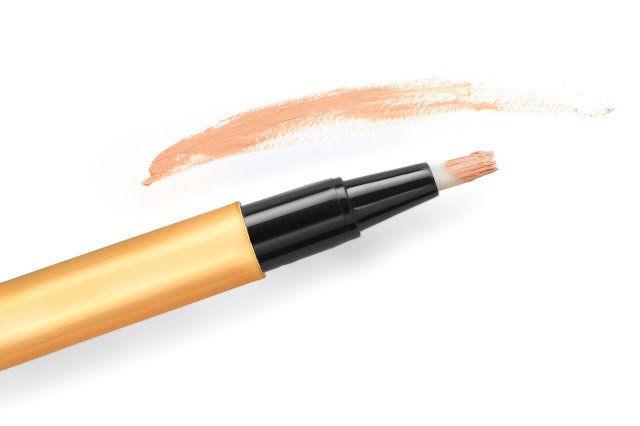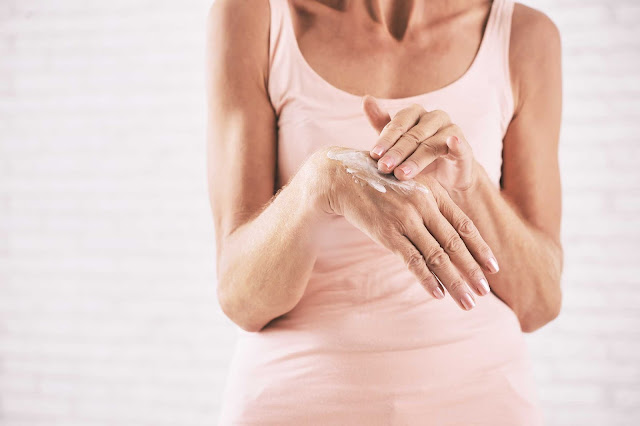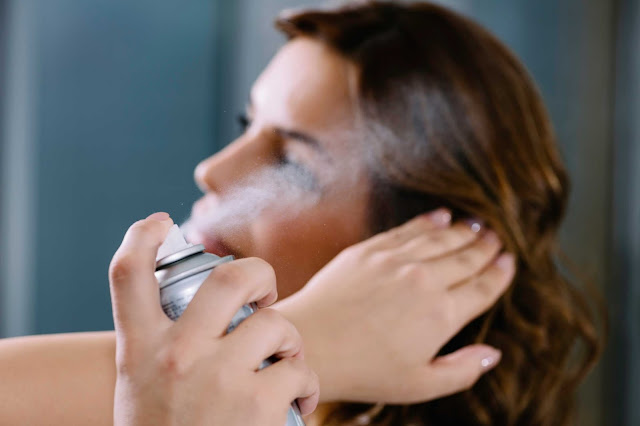In Brazil, women daringly burn off their split ends
It's safe to say that Brazilian women are fairly obsessed with their hair. In fact, according to Household and Personal Products Industry (HAPPI), Brazil completely dominates the Latin American hair-care markets and ranks third in the world for global hair-care sales. Brazilian women are particularly interested in post-treatment products to reverse the damage caused by hair dyes, chemical straighteners, and hot styling tools. One way Brazilians maintain their hair moisture is to partake in their signature 'velaterapia' procedure. During velaterapia, a hair stylist uses a flame to literally burn off all split ends, essentially cauterizing tresses to seal in hydration. A word of advice: don't try this at home, and make sure you're not making these split end mistakes to begin with.
Jamaicans make the most of cactus oil
Sweltering heat is one of the largest obstacles to maintaining great, frizz-free hair in the Caribbean. Fortunately, Jamaicans have a long-standing tradition of using cactus oil to keep their locks looking beautiful. Cactus oil offers an array of hair benefits including added softness, smoothness, and shine. In the same way a cactus plant must trap and retain moisture in the driest of conditions, so too can cactus oil help hair remain hydrated and healthy. The cactus oil's omega fatty acids and B5 vitamins are also key to hair growth.
Francophiles everywhere lust over the Parisienne's quintessentially laid-back and effortless beauty. One French secret for gorgeous hair is to avoid using hot styling tools altogether. Instead of blow-drying their locks after showering, French women will let it air dry naturally. Similarly, flat-irons and curlers are a major faux pas. Instead, fingers are the French's go-to tool for a perfectly tousled look. The result is chic, undone hair with minimal damage and breakage.
Yucca is a top Amazonian beauty secret
Yucca, a tropical root vegetable found throughout Latin America, is traditionally used as a natural cleanser for both the hair and scalp. Amazonian women, in particular, are able to successfully battle the smoldering heat and humidity with the help of the yucca's many nutrients. According to Around the World Beauty, a travel blogger who had the chance to try the yucca treatment firsthand in Ecuador, it "works to prevent hair loss, strengthens strands, boosts shine, and even treats dry scalp."
Moroccans are lucky to have Argan oil
In the beauty industry, pure Argan Oil is synonymous with liquid gold thanks to its super hydrating and smoothing properties. Argan Oil is often referred to as simply 'Moroccan Oil,' due to the fact that Argan trees almost exclusively grow there. With its high demand and limited fertile region, Argan Oil is one of the rarest and most luxurious oils in the world. Aware of its fatty acids, vitamin E, and antioxidants, Moroccan women lather it all over their hair shaft and roots for added luster and health.
Shea butter is the go-to hair ingredient in West Africa
You've no doubt heard of the miraculous benefits of Shea butter for your skin (especially if you have stretch marks), but did you know that this thick goop can also transform your hair? Shea butter is extracted from the seeds of Vitellaria paradoxa tree, which is native to West Africa. As such, Shea butter has been deeply ingrained into the West African beauty culture for centuries, and is used for a multitude of hair care purposes including daily conditioning, as an overnight hair mask, and a deep conditioning treatment.
Aussies know the importance of UV protection
The excruciating heat down under can dry out even the most naturally oily locks, so it's no surprise that UV protection is a high priority in Australia. Daily hair-care products with UV like the Kerastase Soleil-Mirco-Voile Protecteur are always top sellers in Sydney salons. Even better, these vital hair sunscreens can simultaneously help control frizz.


















































